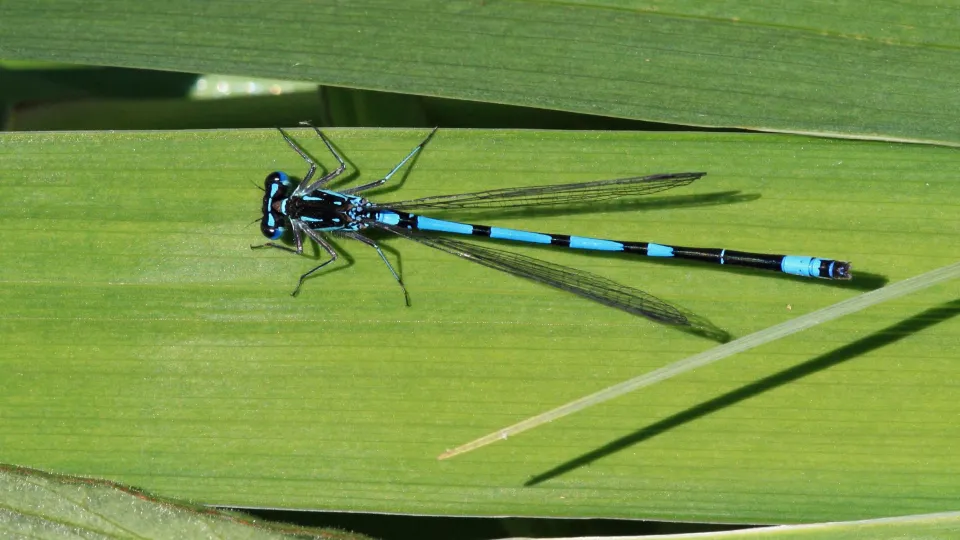
Variable damselfly
The variable damselfly looks a lot like the azure damselfly, but is much less common throughout most of the UK.
Taxa which do not qualify for Lower Risk (conservation dependent), but which are close to qualifying for Vulnerable. In Britain, this category includes species which occur in 15 or fewer hectads but do not qualify as Critically Endangered, Endangered or Vulnerable.

The variable damselfly looks a lot like the azure damselfly, but is much less common throughout most of the UK.
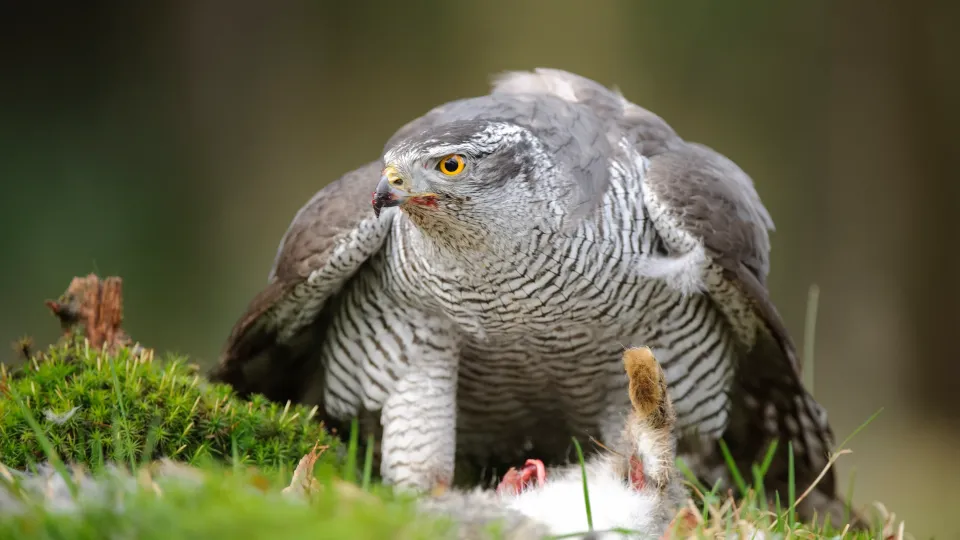
Known as the phantom of the forest, goshawks can fly through the trees at up to 40km per hour as they hunt birds and small mammals.
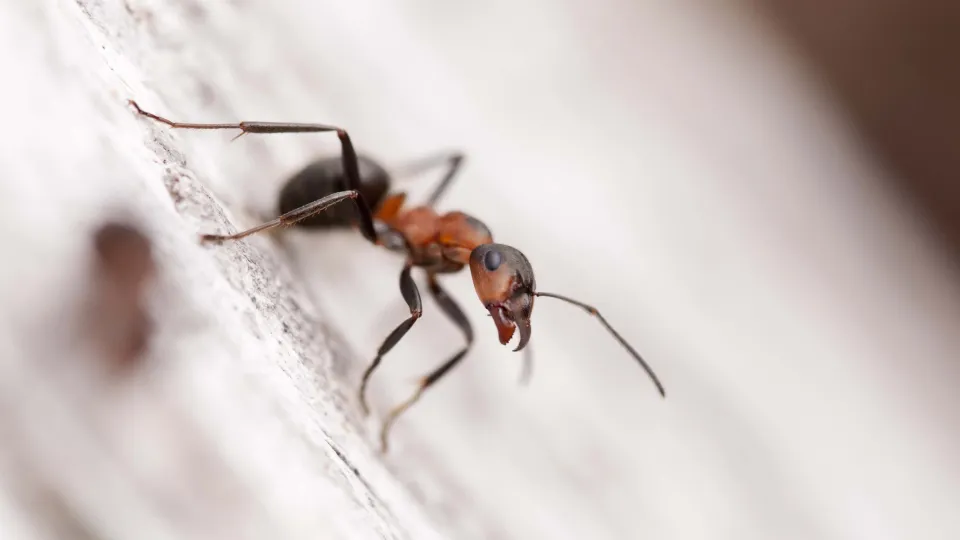
The most common wood ant is the southern wood Ant, or 'red wood ant', which is found in England and Wales. An aggressive predator, it plays a vital pest control role in our woodlands.
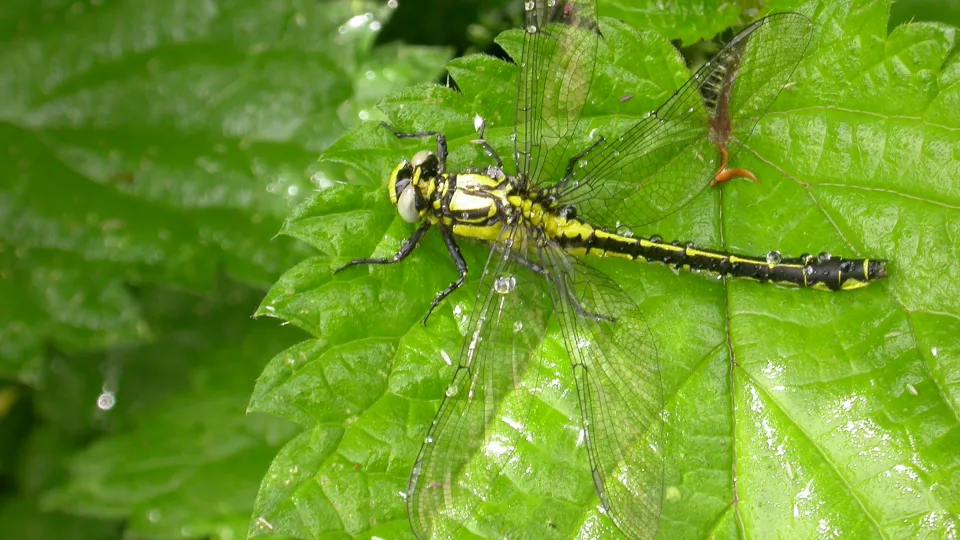
The Common clubtail is on the wing in spring and summer. It is an elusive dragonfly that is easiest to see when it first emerges. It can be found along rivers in Southern England and Wales.
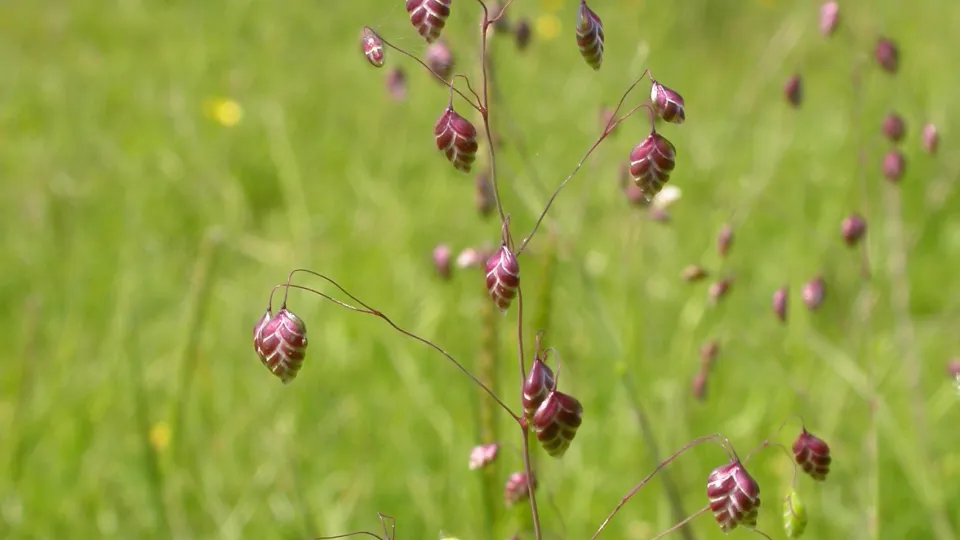
As its name suggests, quaking-grass can be seen quivering or 'quaking' in a breezy, summer wildflower meadow. Its purple-and-green, heart-shaped flower heads hang from delicate stems.
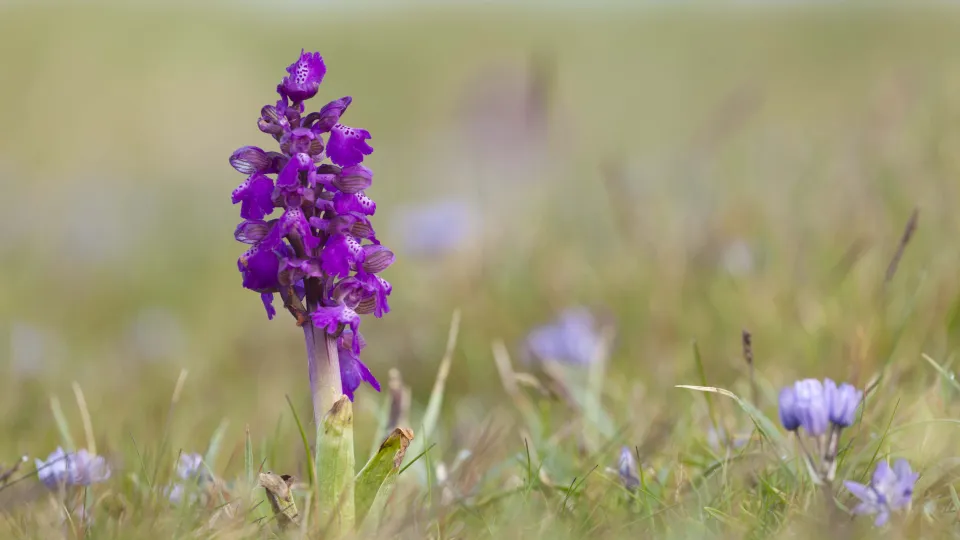
A short, but pretty plant of unimproved grasslands, the Green-winged orchid gets its name from the green veins in the 'hood' of its flowers. Look for it in May and June.
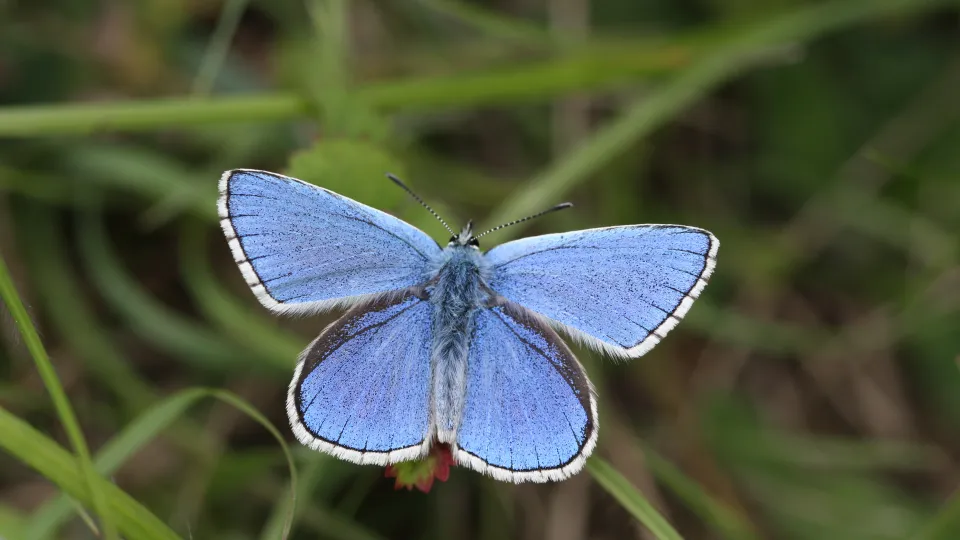
The rare Adonis blue can be spotted on sunny chalk grasslands throughout summer. Males are a dazzling sky-blue in colour, while females are duller brown.
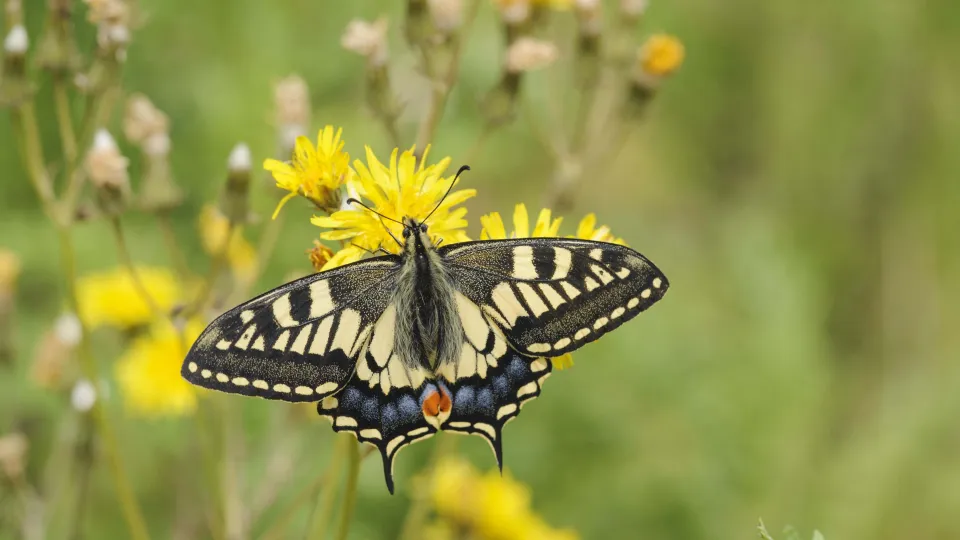
The exotic and beautiful swallowtail is the UK's largest butterfly. A strong flier, residents can be spotted over wetlands in Norfolk during summer. Migrants occasionally appear in southern England.
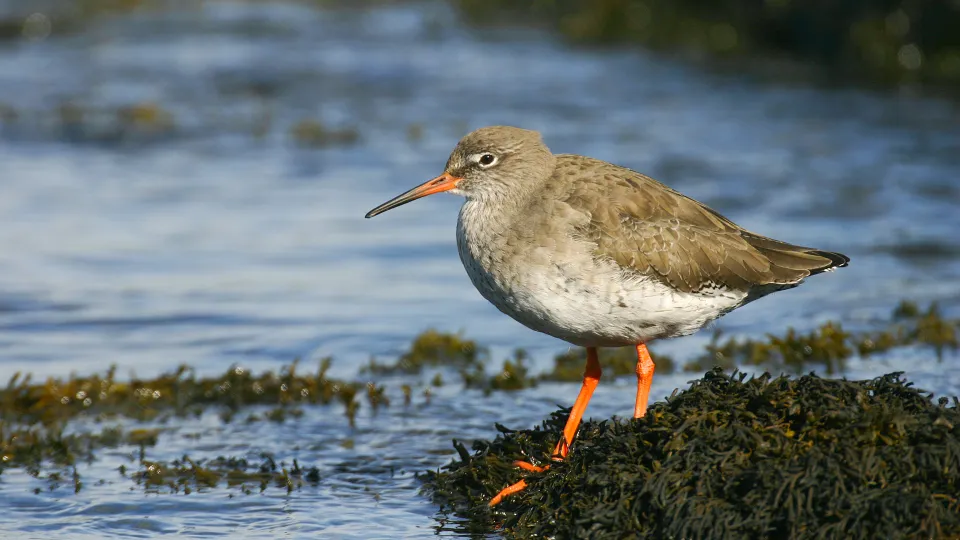
The redshank lives up to its name as it sports distinctive long, bright red legs! It feeds and breeds on marshes, mudflats, mires and saltmarshes. Look out for it posing on a fence post or rock.
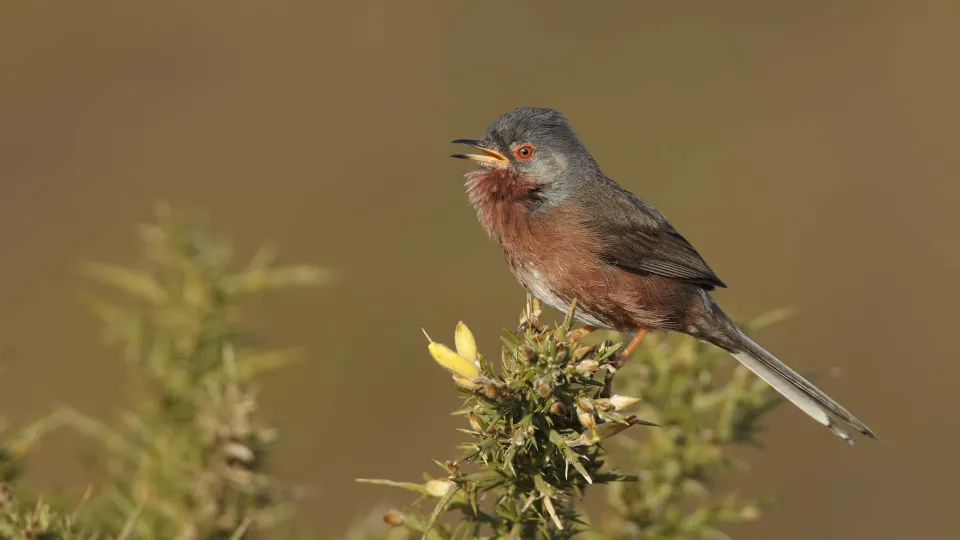
The small, brown Dartford warbler is most easily spotted when warbling its scratchy song from the top of a gorse stem. It lives on lowland heathland in the south of England, where it nests on the ground.